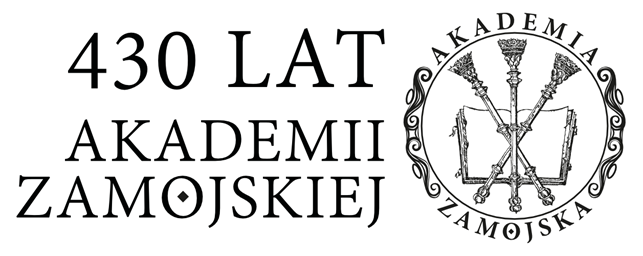Księga fundacyj klasztorów karmelitanek bosych prowincyjej polskiej Ducha Świętego – projekt historiograficzny, artystyczny, literacki i niezwykła książka rękopiśmienna krakowskich zakonnic z początku XVIII wieku
Abstrakt
Streszczenie: W artykule omówione są zagadnienia, takie jak: autorstwo, struktura, cel spisania, oprawa artystyczna i całościowa idea, związane z historiograficznym rękopisem XVII-wiecznych karmelitanek bosych: Księga fundacyj klasztorów karmelitanek bosych prowincyjej polskiej Ducha Świętego, znajdującym się w Bibliotece Karmelitanek Bosych w Krakowie, sygn. nr 255. Historiografia zakonna karmelitanek bosych jest w skali piśmiennictwa polskiego epoki staropolskiej wyjątkowym zjawiskiem. Kobiece kroniki pisane były prostym, potocznym i dalekim od wyrafinowanej erudycji językiem, a ich autorki z pasją relacjonowały najważniejsze wydarzenia domowe. Ich zapiski stanowią przykład pamiętnikarstwa domowego, którego bohaterem była zbiorowość. Początkowe części kronik, tzw. małe kroniki, czy krótkie opisania fundacyj miały podniosły i uroczysty charakter. Manuskrypt omawiany w artykule jest zbiorem wszystkich powstałych do 1725 roku kronikarskich „krótkich opisań”, czyli wstępnych części kronik konwentualnych fundacji karmelitańskich w Polsce i na Litwie. Rękopis nr 255 należy do najpiękniejszych manuskryptów zachowanych w zbiorach karmelitanek bosych w Krakowie. Wszystkie elementy rękopisu zdradzają, że został on zaprojektowany jako całościowa, wyjątkowa książka rękopiśmienna, łącząca zróżnicowane techniki graficzne i drukraskie z kluczowymi dla tożsamości zakonnej tekstami założycielskimi. Analiza rękopisu pokazuje zależności manuskryptu z innymi rękopisami z Biblioteki Karmelitanek Bosych i europejskimi tekstami terezjańskimi (Vita effigiata della serafica vergine s[ancta] Teresa di Gesu 1670). Autorka rękopisu projektując książkę, posłużyła się na stronie tytułowej i frontyspisie tekstami poetyckimi. Manuskrypt zawiera krótkie opisy fundacji klasztorów bosaczek w porządku ich powstawania. Różne elementy rękopisu pozwalają wskazać czas jego powstania i twórczynię tej książki, a także proces powstawania i cel pracy. Rękopis ukazuje ambicje twórczyni, środowiska zakonnego i pasję autorki tego pięknego kodeksu.
Słowa kluczowe:
karmelitanki bose, historiografia, manuskrypt, zakon krakowski, pamiętnikarstwo, poezja, kronikaSzczegóły
Bibliografia
Statystyki
Autorzy
Zasady cytowania
Licencja

Utwór dostępny jest na licencji Creative Commons Uznanie autorstwa – Użycie niekomercyjne – Na tych samych warunkach 4.0 Międzynarodowe.


 Język Polski
Język Polski
 English
English
